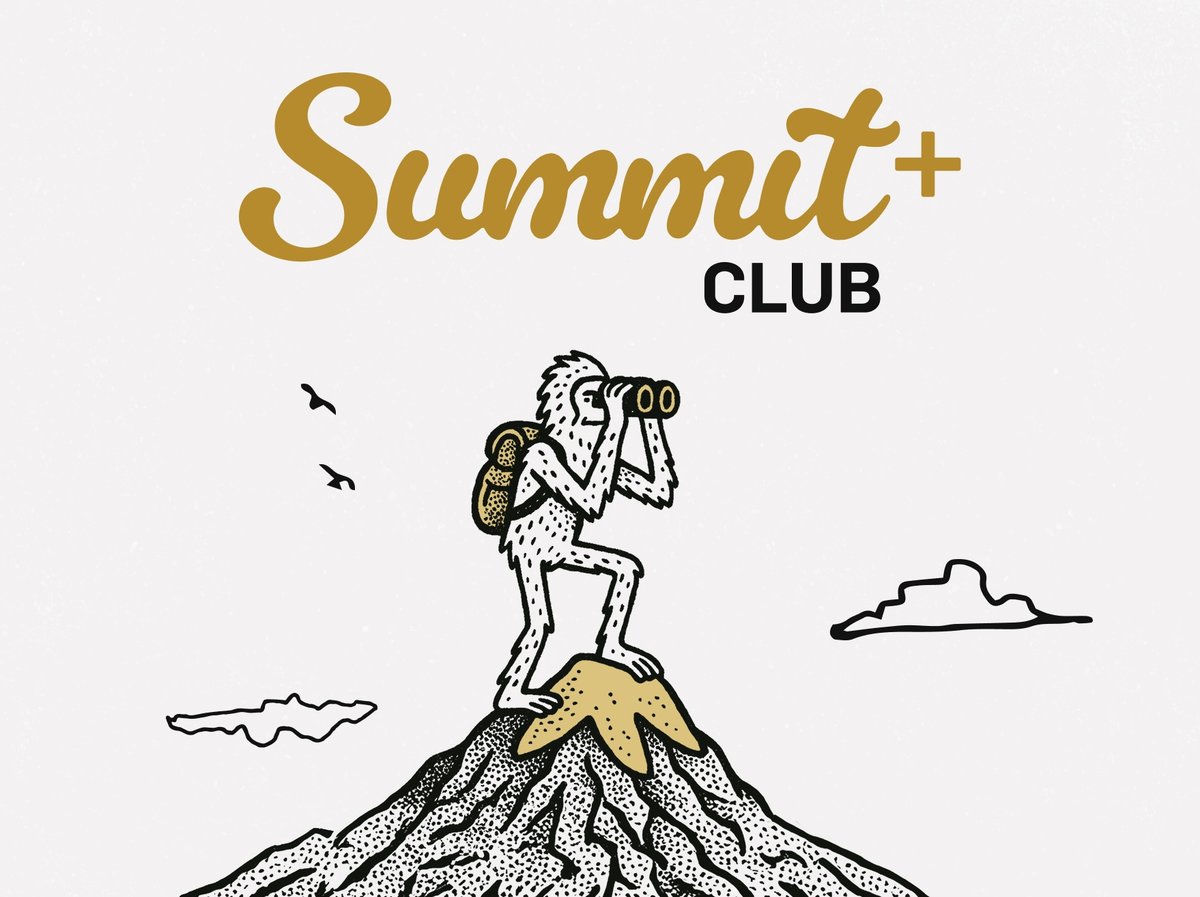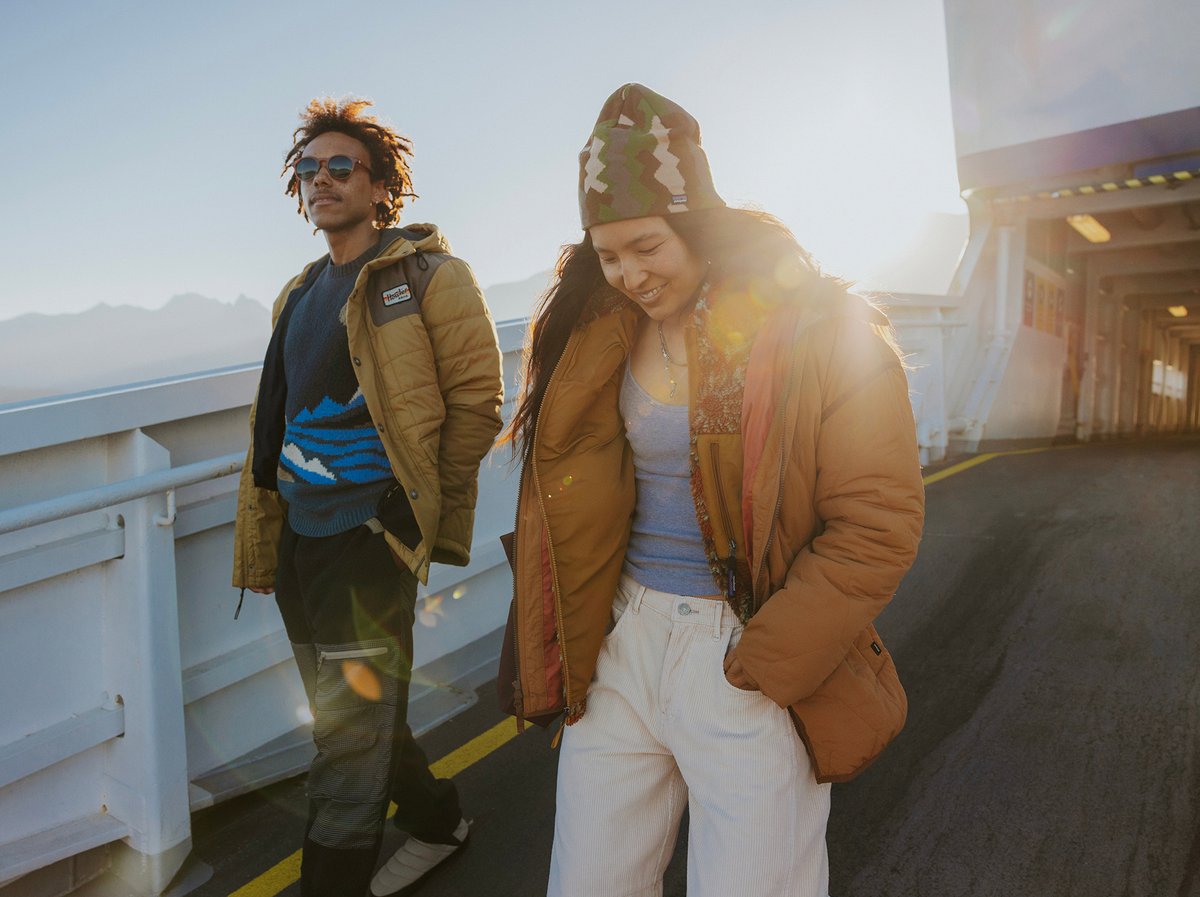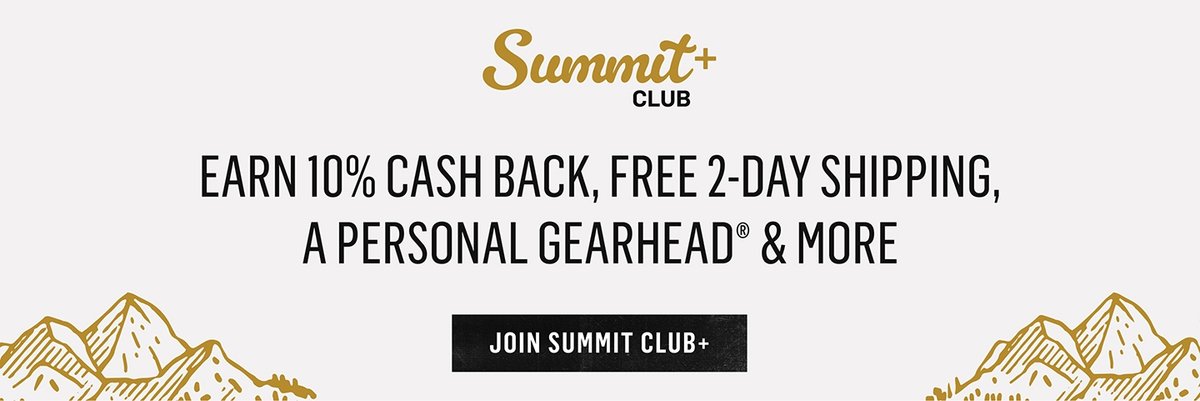416 results
New Arrival
K2
Hypnotist Snowboard - 2026
1 color
New Arrival
K2
Gateway Snowboard - 2026
1 color
New Arrival
Gnu
Wagyu Snowboard - 2026
1 color
New Arrival
Gnu
Velvet Snowboard - 2026 - Women's
1 color
New Arrival
Gnu
Upgrade Snowboard - 2026
1 color
New Arrival
Gnu
Money Snowboard - 2026
1 color
New Arrival
Gnu
Ladies Choice Snowboard - 2026 - Women's
1 color
New Arrival
Gnu
Head Space Snowboard - 2026
1 color
New Arrival
Gnu
Gremlin Snowboard - 2026
1 color
How We Choose Snowboards
- Length: The length of the snowboard helps determine maneuverability and stability. When you stand with your board vertical next to you, it should reach somewhere between your shoulder and your eye, but this size will also be determined by the style of riding you plan to do. Many riders pick longer boards for powder and freeride, while park riders choose shorter boards. All-mountain or resort boards are often in-between, or medium in length. Some beginners like the maneuverability of shorter boards, too, and larger/heavier riders might appreciate the stability of a longer board.
- Width: The ideal all-conditions board width will be just barely narrower than the length of the boot, meaning your heels and toes will hang over just slightly but not so much that they drag on the snow. The width of the snowboard, especially in the middle, influences how it performs in different snow conditions. Narrower boards are better for groomed runs, while wider boards provide better flotation in powder.
- Profile: A snowboard’s profile refers to the shape of the board when viewed from the side, specifically the design of the underside from the tip to the tail, and it’s made up of a combination of camber and rocker.
- Camber is the arch in the middle of a snowboard, which helps with grip, stability, and control, especially on hard-packed snow. Camber acts a bit like a spring and can ease transitions between turns and landings, and it’s particularly beneficial for making precise turns and maintaining edge hold on groomed runs. Do-it-all boards usually have some amount of camber for versatility. If a board does not have camber or is advertised as having full rocker or reverse camber, it’s usually a specialized tool for pivoting, slarving, and playful jibbing.
- Rocker refers to the upward curve at the tip and/or tail of a snowboard. Rocker is especially beneficial for increased floatation or planing over deep snow and fosters easier turn initiation. The transition point between camber and rocker is usually where you’ll find a snowboard’s contact point, or where the edge hits the snow for turn initiation.





